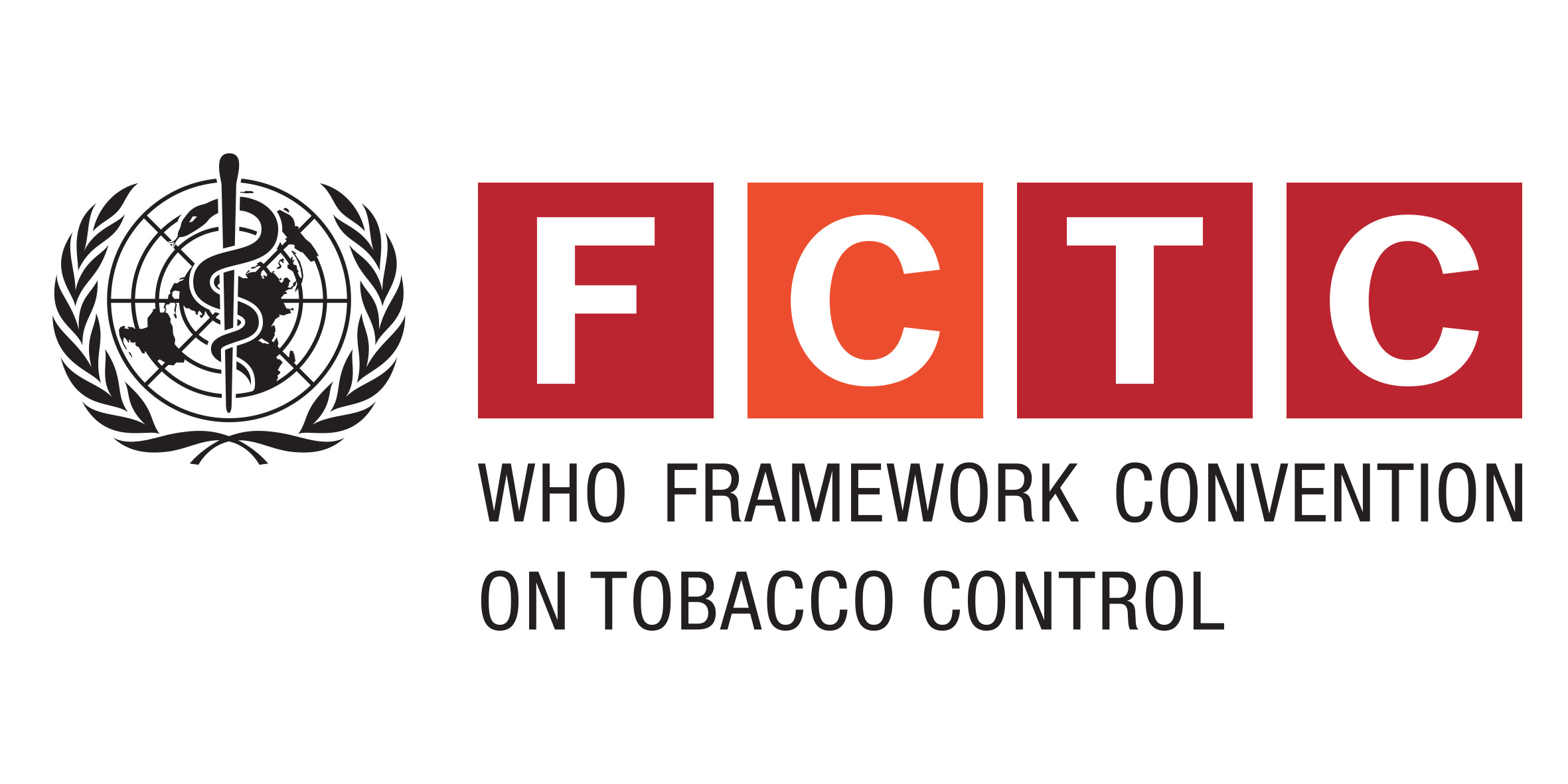Journal Article
Print(0)
European journal of dentistry
Eur.J.Dent.
Jul
7
3
289
295
LR: 20140616; JID: 101303672; OID: NLM: PMC4053617; OTO: NOTNLM; ppublish
India
1305-7456
PMID: 24926208
eng
Journal Article
10.4103/1305-7456.115412 [doi]
Unknown(0)
24926208
OBJECTIVES: This study evaluated the in vitro shear bond strength (SBS) of a resin-based pit-and-fissure sealant (Fluroshield [F], Dentsply/Caulk) associated with either an etch-and-rinse (Adper Single Bond 2 [SB], 3M/ESPE) or a two-step self-etch adhesive system (Adper SE Plus [SE], 3M/ESPE) on Er: YAG laser-irradiated enamel. MATERIALS AND METHODS: Seventeen sound third molar crowns were embedded in acrylic resin, and the mesial-distal enamel surfaces were flattened. The enamel sites were irradiated with a 2.94-mum wavelength Er: YAG laser (120 mJ, 4 Hz, noncontact mode/17 mm, 20 s). The specimens were randomly assigned to three groups according to the bonding technique: I - 37% phosphoric acid etching + SB + F; II - SE + F and III - F applied to acid-etched enamel, without an intermediate layer of bonding agent. In all of the groups, a 3-mm diameter enamel-bonding site was demarcated and the sealant cylinders were bonded. After 24 hours in distilled water, the shear bond strength was tested at a crosshead speed of 0.5 mm/minute. The data were analyzed by one-way ANOVA and Tukey's test. The debonded specimens were examined with a stereomicroscope to assess the failure modes. RESULTS: The mean SBS values in MPa were I = 6.39 (+/-1.44); II = 9.50 (+/-2.79); and III = 5.26 (+/-1.82). No statistically significant differences were observed between groups I and III; SE/F presented a significantly higher SBS than that of the other groups (P = 0.001). With regard to the failure mode, groups I (65%) and II (75%) presented adhesive failures, while group III showed 50% adhesive failure. Cohesive failure did not occur. CONCLUSION: The application of the two-step self-etch bonding agent (Adper SE Plus) beneath the resin pit-and-fissure sealant placement resulted in a significantly higher bond strength for the Er:YAG laser-irradiated enamel.
Borsatto,M.C., Giuntini Jde,L., Contente,M.M., Gomes-Silva,J.M., Torres,C.P., Galo,R.
Department of Pediatric Clinics, Preventive and Community Dentistry, Dental School of Ribeirao Preto, University of Sao Paulo, Ribeirao Preto, SP, 14040-904, Brazil.; Department of Pediatric Clinics, Preventive and Community Dentistry, Dental School of Ri
PMC4053617
http://vp9py7xf3h.search.serialssolutions.com/?charset=utf-8&pmid=24926208
2013

